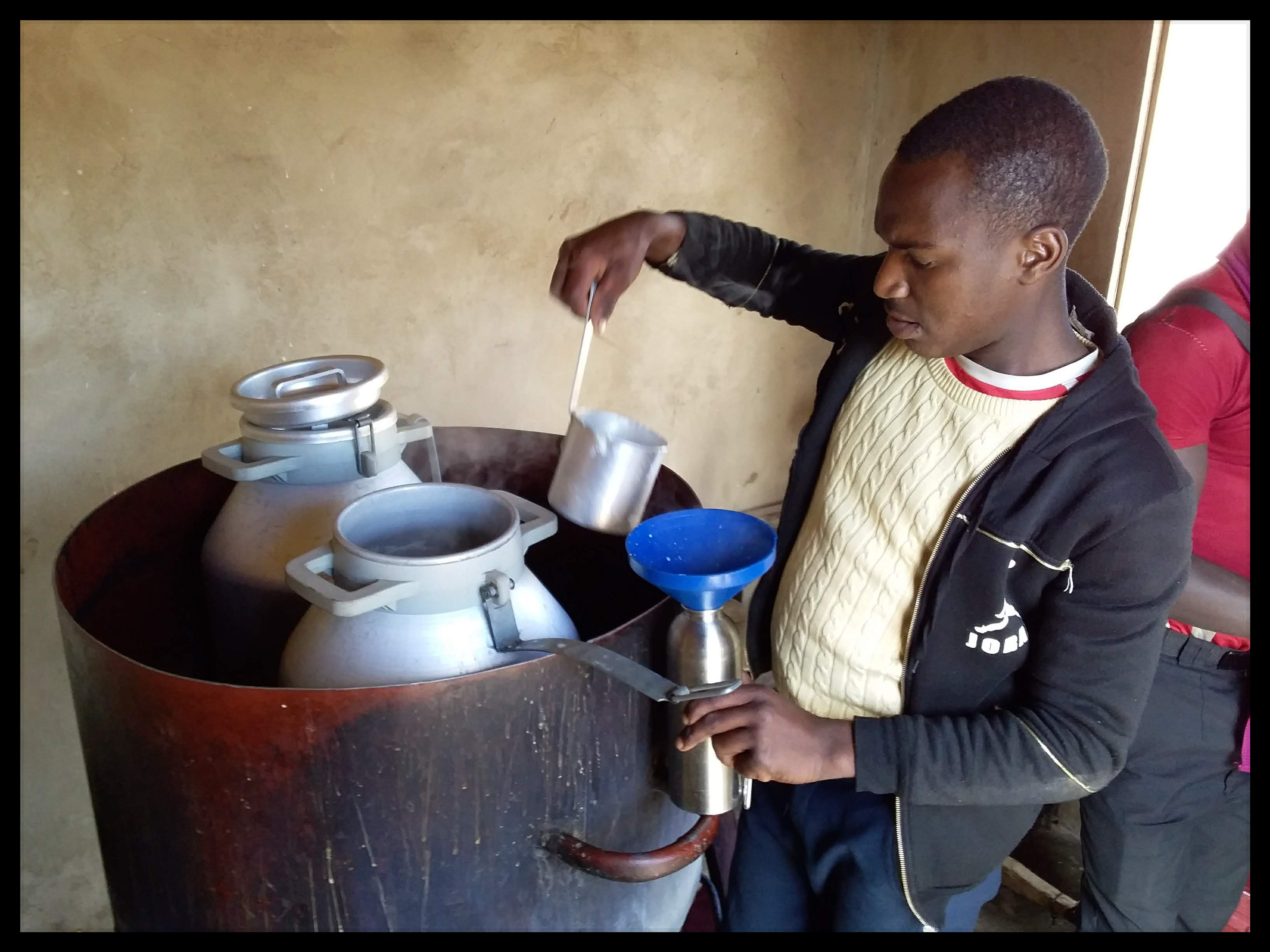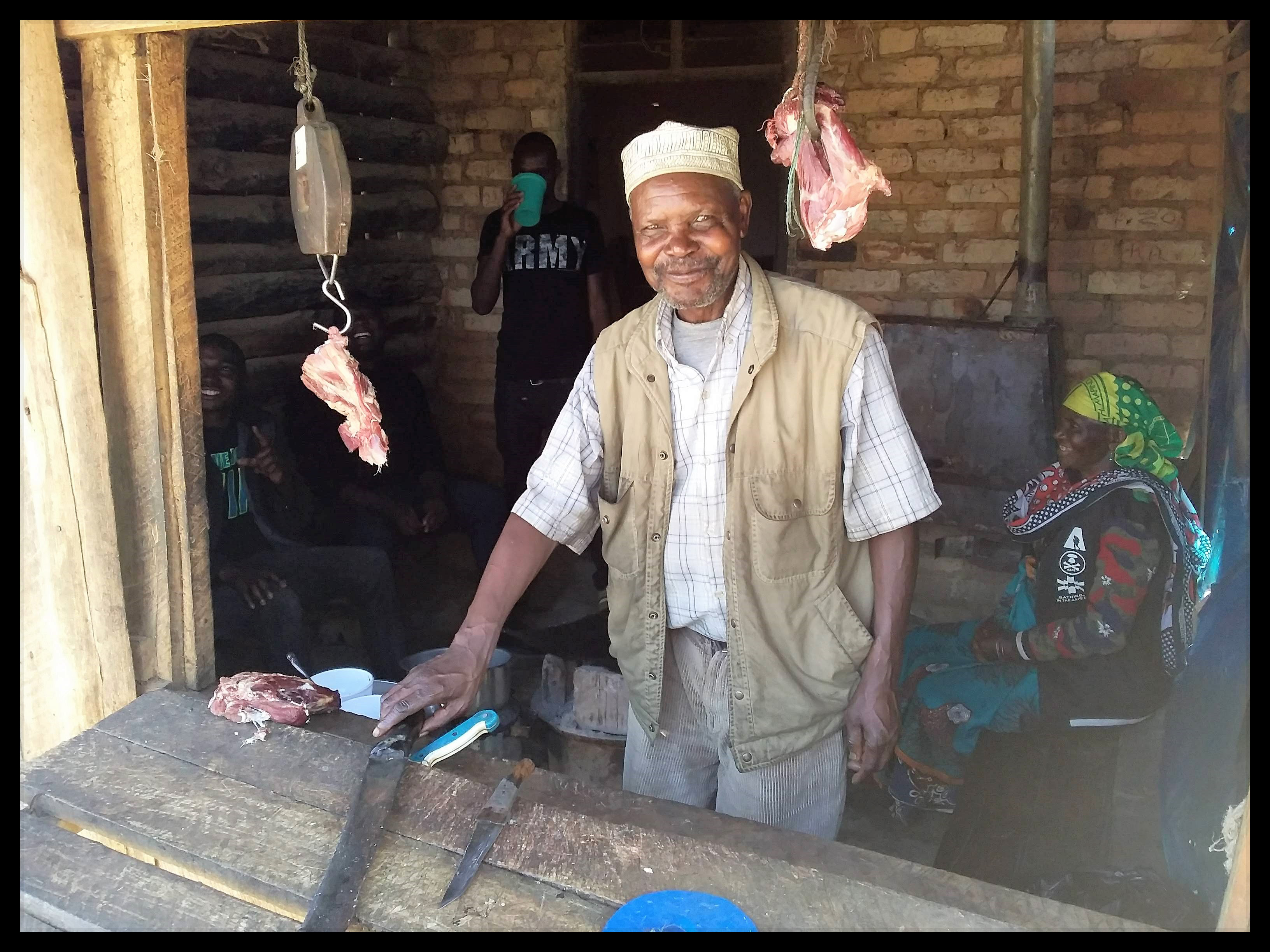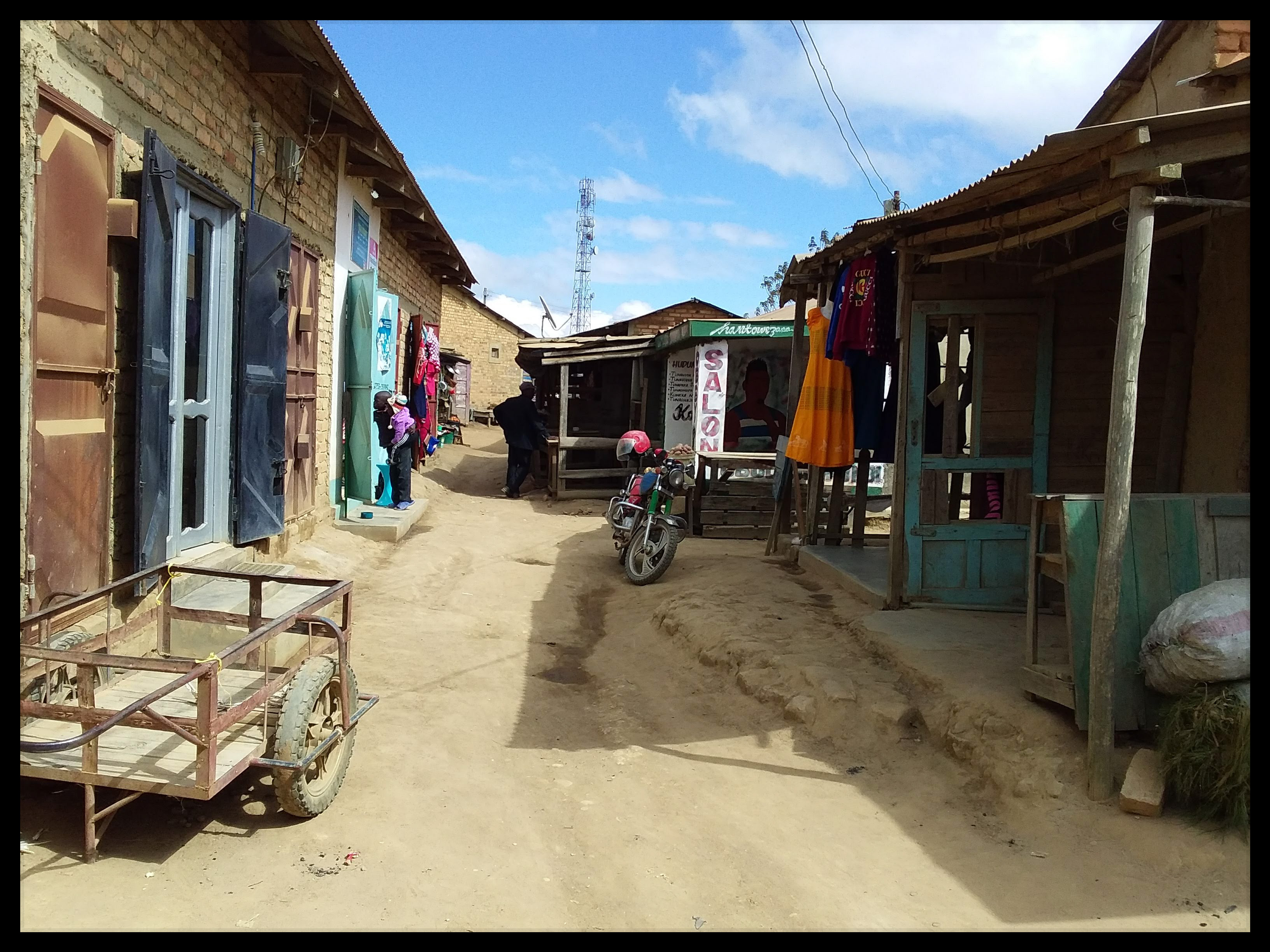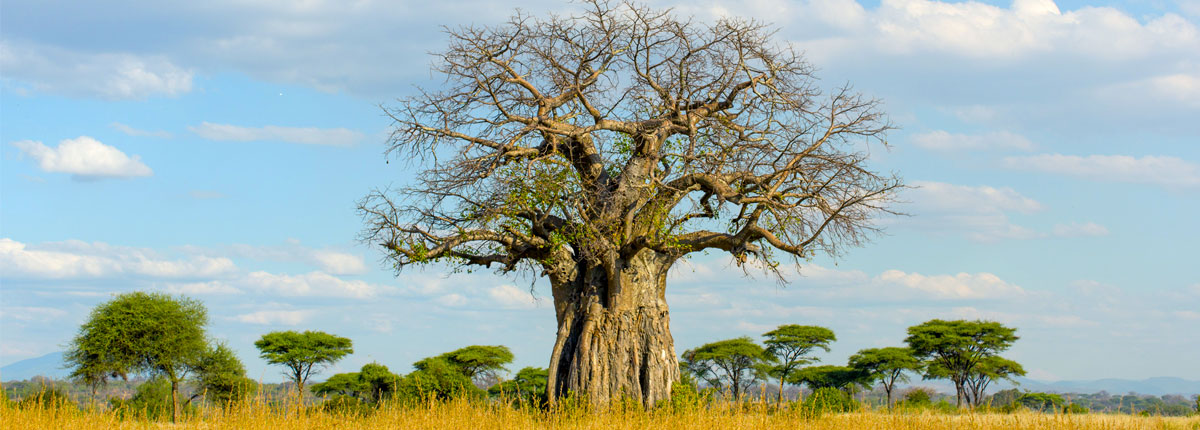We are very fortunate to live within walking distance, about one mile, of a village market with abundant produce, dairy, meat and dry goods. The path to the village market passes through neighborhoods, fields of corn and eucalyptus stands. It seems every square inch of space is planted to some useful crop.







We get milk and yogurt from a dairy cooperative that collects milk locally. Milk is heated to boiling before sale and the yogurt is made in house. We purchase both in stainless steel bottles; one liter of milk for the equivalent of $0.44 and one half liter of yogurt for a little less. When purchased the milk is near boiling and the yogurt cold from a refrigerator, and we put the bottles in separate bags. They can only be kept for a day even in the mild climate. Both milk and yogurt are delicious. Milk is not homogenized, so it can separate quickly and cream always rises to the top.










I made a list of the fruits we have found in the various fruit stands over the past 9 months. Only two of the 21 fruits found in the village are native to the area. In other words, almost anything can be grown here but very few popular fruits originated in the area. We try to sample as many fruits as possible to make a varied diet and have tried all of these. Not all are available year round.
| Common name | Tanzania Name | Scientific Name | Native Range |
| Apple | Tofaa | Malus pumila | Central Asia |
| Avocado | Parachichi | Persea americana | Mexico |
| Banana | Ndizi | Musa acuminata | Southeast Asia |
| Custard apple | Tope tope | Annona chirimoya | Colombia, Ecuador, Peru and Bolivia |
| Guava | Mapera | Psidium guajava | Mexico, Central America, South America |
| Lemon | Limau | Citrus limon | Asia |
| Lime | Ndimu | Citrus sp. | Indonesia or Southeast Asia |
| Loquat | Msambwa wa kizungu | Eriobotrya japonica | China |
| Mango | Embe | Mangifera indica | South Asia |
| Wild loquat | Masuku | Uapaca kirkiana | East Africa |
| Smelly berry vitex | Msasati | Vitex mombassae | Kenya and Zambia to South Africa |
| Orange | Chungwa | Citrus × sinensis | China |
| Papaya | Papai | Carica papaya | Mexico and Central America |
| Passion fruit | Passioni | Passiflora edulis | Brazil, Paraguay and Argentina |
| Peach | Pichi | Prunus persica | Northwest China |
| Pear | Pea | Pyrus sp. | Europe, North Africa, Asia |
| Pineapple | Nanasi | Ananas comosus | Brazil and Paraguay |
| Plantain | Ndizi | Musa × paradisiaca | South and Southeast Asia |
| Tamarillo | Matunda damu | Solanum betaceum | Ecuador, Colombia, Peru, Chile, and Bolivia |
| Tangerine | Chenza | Citrus tangerina | China |
| Watermelon | Tikitimaji | Citrullus lanatus | sub-Saharan Africa |

Vegetables regularly found in village market. Note 12 of the 23 listed vegetables are greens. We have found Tanzanians love to eat cooked greens often and in great variety. It seems they will cook greens from just about any garden plant. Very nutritious. But they never eat greens like spinach, lettuce or cabbage raw.
| Common Name | Tanzanian Name |
| Abyssinian mustard/radish | Figiri |
| African eggplant/bitter tomato | Nyanya chungu//ngogwe |
| Bean plant leaves | Majani ya maharage |
| Black nightshade | Mnavu |
| Cabbage | Kabichi |
| Carrot | Karoti |
| Cassava leaves | Majani ya mhogo/Kisamvu |
| Chinese cabbage | Chinisi |
| Cowpea leaves | Majani ya kunde |
| Cucumber | Tango |
| Egg plant | Biringanya |
| Green onion | Liki |
| Hot pepper | Pilipili kali/mbuzi/kichaa |
| Kale, collard greens | Sukuma wiki |
| Lettuce | Saladi |
| Okra | Bamia |
| Pumpkin leaves | Majani ya maboga |
| Spinach | Mchicha |
| Squash | Mumunya |
| Sweet pepper | Pilipli hoho |
| Sweet potato leaves | Matembele |
| Tomato | Nyanya |
| Vegetables | Mbogamaboga |

The market provides meat from beef, pork, chicken, sheep and goat. It seems the price may be regulated, because we always pay about $2.60 per half kilogram, about one pound. The weirdest thing is the price is the same for all meats except chicken which is nearly twice as expensive. And more interesting, the price is the same regardless of the cut, steak or regular, bone or no bone, fat or no fat. And the butcher always chops the meat into little pieces with a machete unless Gerry is quick enough to tell him or her to leave it in one piece. Chopping a piece of meat with bone results in numerous bone chips that must be removed before cooking or later at the dinner table.

This pleasant man sells goat meat one half kilo at a time. He chops it to smithereens with the machete leaving bone chips in every piece of meat unless you remember to stop him. BTW goat meat is much tenderer than beef. Not sure why; maybe goats are slaughtered at a younger age.



The items missing from the market include coffee, powdered milk and fruit jams. We go to a larger town to get these. I have resorted to drinking instant coffee, because the hassle of finding coffee beans, grinding them and brewing drip coffee is too much and sometimes the brewed coffee is not much better than instant coffee.




Prices are very low compared to what we paid in the States: avocado, $0.22; pineapple, $0.66; banana, $0.04; orange, $0.08, papaya, $0.44. None of the fruit vendors has a scale, so purchases are by the piece or pile of fruit. We are very happy the modest Peace Corps salary allows us to benefit from the great variety of wonderful fruits. Although the climate is very cool we have to be careful with storage of perishable items. So we go to the market early every other day. In fact, walking to the market is rather pleasant. The walk home can be arduous when there is a lot to carry.


